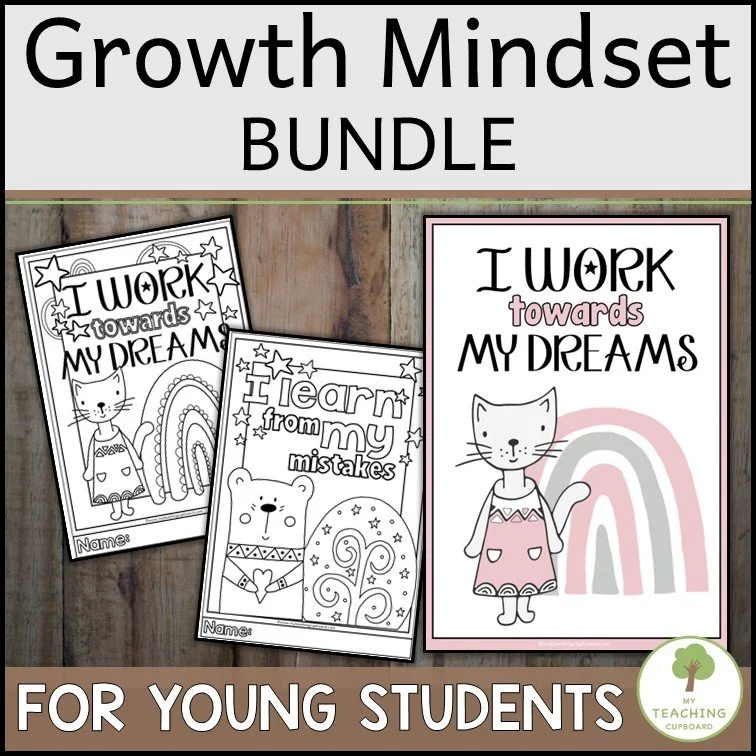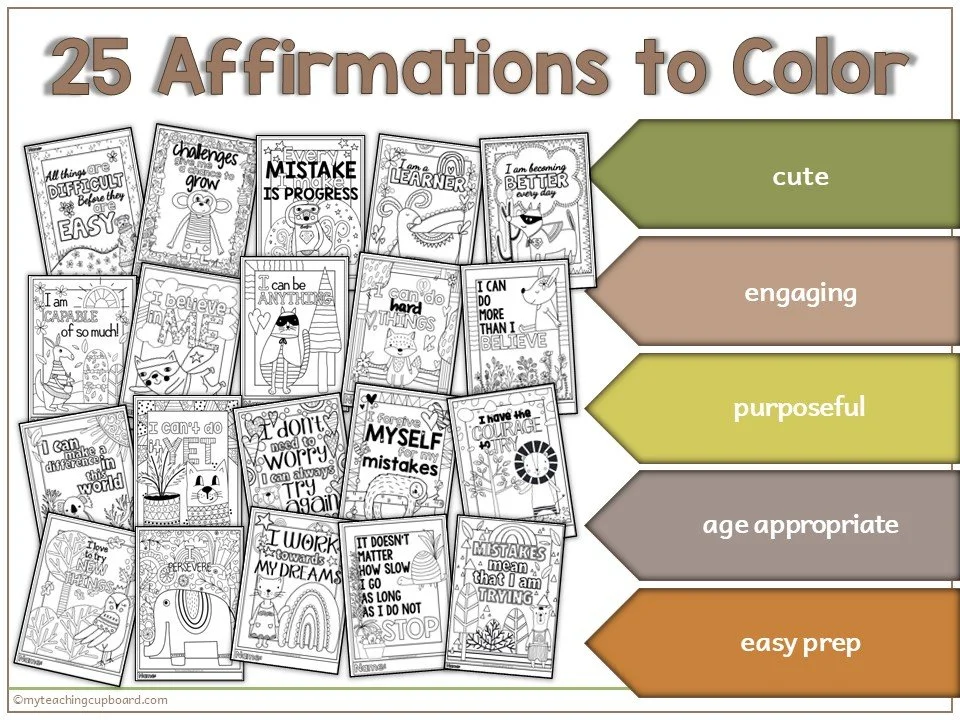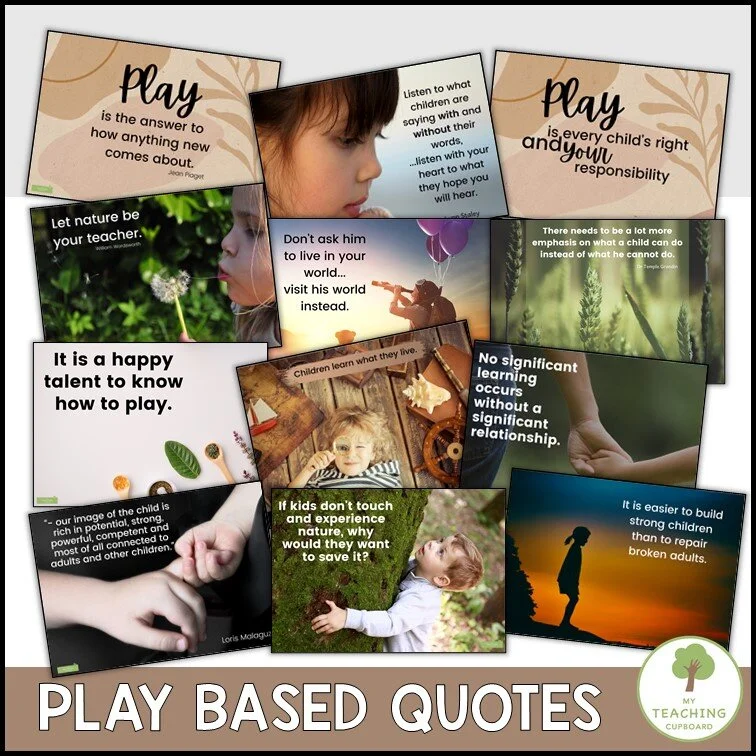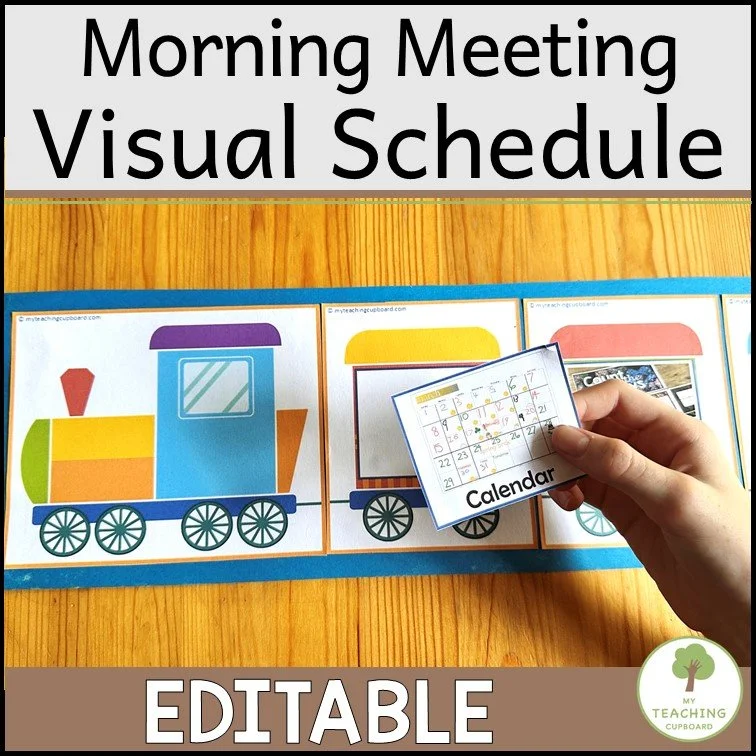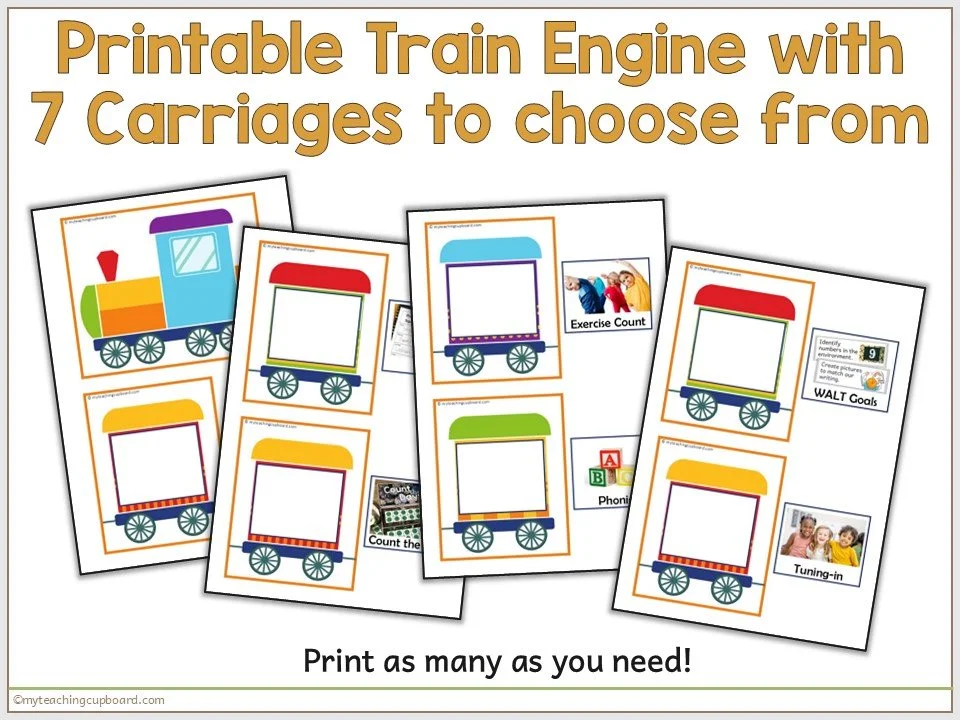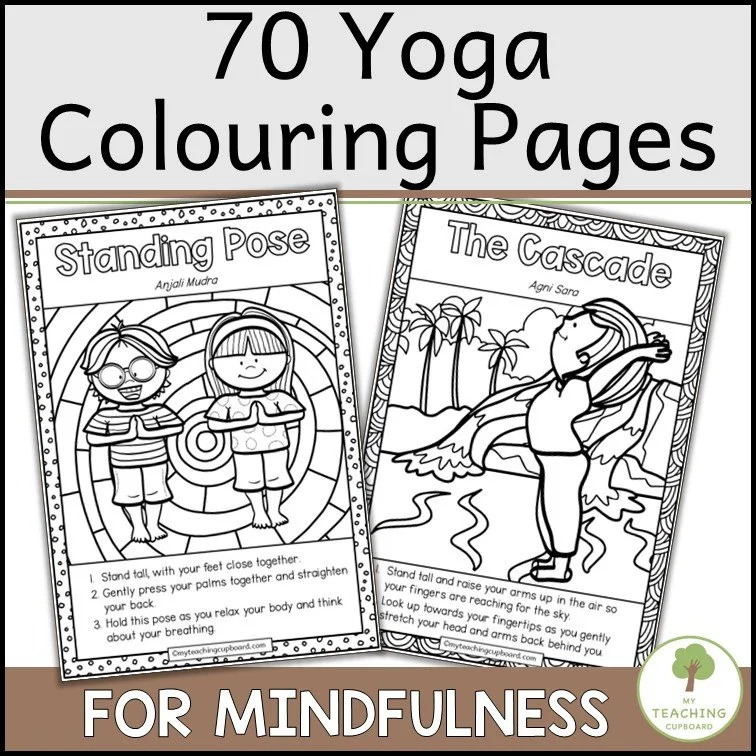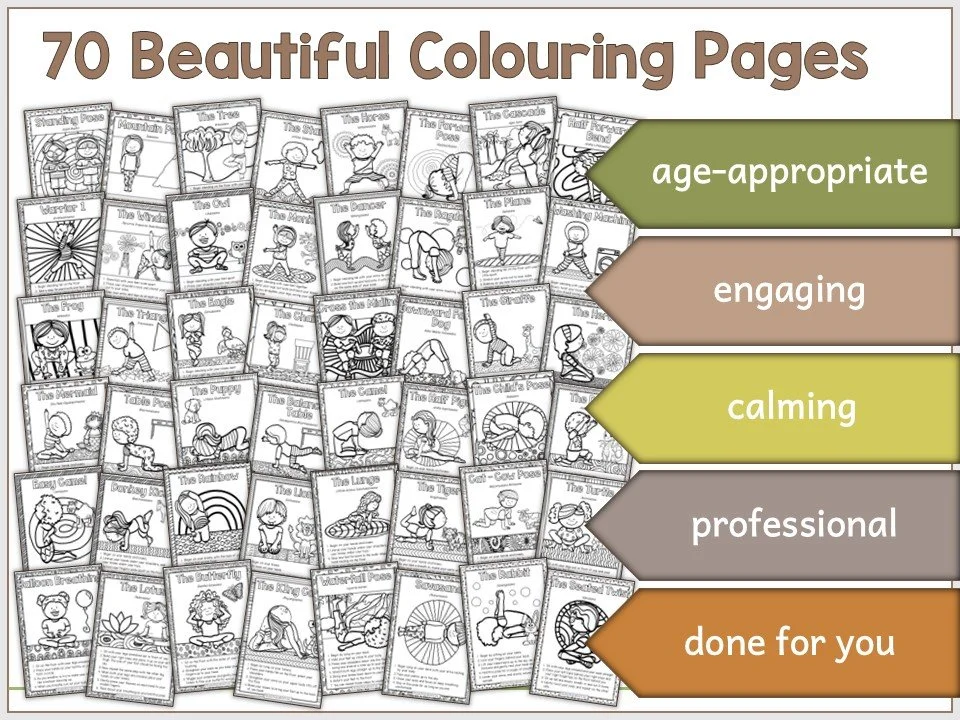Face Parts to Print



Face Parts to Print
77 Face Parts to Print for Build-a-Face Loose Parts.
Children will love to use these face part images to learn about their emotions.
Your .pdf (un-editable) file has 3 pages to print. They are already sized to suit rocks from 3 to 5 cm (1 to 2 inches). You will be surprised at all the different faces you can make with the 40 eye images, 11 noses and 25 mouths.
If you would prefer the actual jpeg images that can be re-sized to suit your needs, it would be better to purchase the clipart images I used to create this file. You can purchase the jpeg clipart bundle here in my store.
I used these photographic clipart images of face parts to make some Build-a-Face Stones to help the children in my class better understand and discuss their feelings. In your download, I’ve included the instructions on how to make the stones. You will need Mod Podge or a similar glue/sealer medium along with a paintbrush and some flat stones to make them.
It wouldn’t be necessary to use the images to make the Face Stones like I did. The images could be cut out and laminated to make little Build-a-Face Cards and you could even adhere a magnet to the back and build faces on magnetic boards.
I do love the Face Stones because I now have another basket of loose parts that I can add to other play-based learning areas in my room. I’d love to see what the children do with the Face Stones in the Block Area. They would also make a wonderful addition to the sand tray or the playdoh table and even as a prompt or stimulus at the Art and Writing tables.
Knowing how to describe and discuss your emotions is an important part in the development of self-awareness and self-regulation. Just as importantly, learning how to recognise and acknowledge the emotions of others is the first step in the development of respectful relationships.
This Build-a-Face activity was very popular in my classroom. I must admit, it was a little freaky but the children laughed and giggled their way through the construction of numerous facial expressions. I loved how it provided a hands-on opportunity for the children to explore the facial expressions depicted in various emotions.

